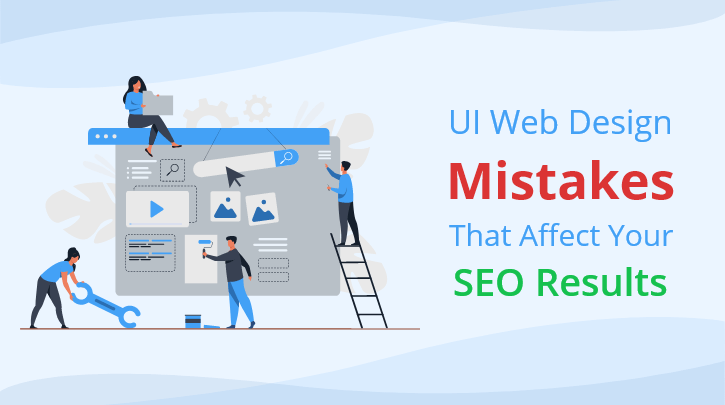
Awful UI Web Design Mistakes That Can Kill Your SEO
In the Race to the Top of SERPs, Is Your Site Holding You Back?
Many business owners assume that the purpose of good website design is to provide visual appeal. But the look and functionality of your site can have a profound effect on the visitor experience. And that, in turn, can actually impact how well your site is ranked in search results.
That’s because website design and search engine optimization are congenitally linked. Without UX design, you may struggle to improve your site rankings in 2021.
Let’s take a closer look at the connection between web design and SEO, as well as the common user experience and UI/UX design mistakes that can derail your ability to rank in search engine results pages (SERPs).
What is UX?
Let’s first discuss the definition of UX design. “UX” stands for user experience, which is a concept that can be applied to any digital product or service.
In this case, we’re talking about UX website design. It’s a specific subset of web design that focuses on how the site impacts the visitor. One of the goals of UX design is to make it as easy as possible for a website visitor to achieve their goals (e.g., finding the information they need, contacting the right people, buying a product, etc.).
With UX design, the website visitor experience should be efficient, simple to understand, and overwhelmingly positive. A good UX website design should make it easy for visitors to complete their task(s) and help them solve their problems.
How Are Web Design and SEO Connected?
That’s all well and good, you might say to yourself, but what does the design of my site have to do with my search rankings?
What you might not realize is that search engines like Google care about providing as much value as possible to web users. In fact, that’s really their number one priority.

In the old days, SEO principles could be applied to trick search engines into doling out more favorable rankings than deserved. But now, Google’s gotten a lot better at understanding what web visitors want. And as a result, Google doesn’t like to reward websites that fail to provide a superior experience.
In other words, it won’t matter how much you optimize a new website if that site isn’t easy to navigate or access on all devices. Your SEO efforts will only get you so far in this scenario. Without a good user experience, you’ll struggle to compete.
Remember, this isn’t mere speculation. Google has released a number of algorithm updates that have shown us how much value is placed on user experience. In Summer 2021, Google’s Page Experience update highlighted the importance of UX in web design. Additional updates, like mobile-first indexing and other user experience ranking signals, have long-since confirmed Google’s commitment to providing web searchers with the most valuable results on the web.
Ultimately, it doesn’t just come down to having great content optimized for search by a Professional SEO company. You also need to have a website that’s easy and pleasant to use. Without that, visitors won’t care how insightful your content is. You have to remove those initial accessibility barriers in order for your content to be appreciated by both customers and search engines.
Which UX and Web Design Mistakes Can Hurt Your Rankings?
It’s no secret that Google will prioritize websites with great design. When two sites have otherwise equal offerings, the site with the better design will win out.

As such, you’ll want to do everything you can to rise to the top. With that in mind, let’s examine the web design pitfalls that can cause your rankings to tank.
 Slow Site Speed
Slow Site Speed
Experts have known for years that site loading speed could have a substantial impact on user experience and on site rankings. But the recent Page Experience update served as an important reminder for even the most seasoned SEO experts that site speed should be prioritized.
Largest Contentful Paint (LCP) is one of Google’s new Core Web Vitals, which were a major factor in this most recent algorithm update. LCP essentially measures how long it takes for the biggest element on a given page to fully load for a web user. It basically shows how long it takes for a page to load enough for a user to really appreciate and interact with a page.
There are other measurements related to site speed, of course. But if you’re focusing on LCP, you’ll want the load time to be under 2.5 seconds from the moment a page is clicked. Fortunately, there are a variety of tools you can use to measure site speed (and LCP, specifically) to figure out where improvements can be made.
Since we know that delays of just a few seconds can have a massive impact on both bounce rate and conversion rate, you’ll be missing out in a major way if you don’t address site speed. Not only will customers leave your site just as quickly as they arrived, but slow loading times can drive your rankings into the dirt.
 Lack of Mobile-Friendliness
Lack of Mobile-Friendliness
Some business owners assume that they don’t need to worry much about mobile customers. But according to Google, over half of all web traffic now comes from mobile devices.
That may mean that the majority of your prospective clients are going to find you using their smartphones. And if your site isn’t accessible on mobile, you’ll end up leaving money on the table.
A website that isn’t easy to use on mobile is going to cause frustration from the start. With so many other options available to customers, they’ll quickly abandon your site and do business with a competitor instead. That’s a mistake you can’t afford to make.
And don’t forget: since Google now indexes the mobile version of sites and pages first, that’s what matters most for your rankings. Your site needs to provide a consistent experience across all devices in order to make the most of your SEO efforts.
Having a mobile-friendly website is good, but investing in responsive design is even better. Responsive web design will automatically sense how a site is being viewed and adjust accordingly to create the best possible experience for the user, whether they’re using their smartphone or a laptop computer to browse.
Dismissing the importance of mobile customers will do your business a big disservice. In 2021 and beyond, there’s really no excuse for a site that isn’t mobile-friendly. If it’s been more than five years since your last site redesign or you’ve never checked out your website from your smartphone, it’s time to make a change.
 Intrusive Interstitials
Intrusive Interstitials
Once upon a time, pop-up ads might have been the bane of your existence online. They were spammy, scammy, and generally obnoxious. But over time, pop-up windows have improved significantly. Now, they’re most commonly used to promote special website offers, newsletter sign-ups, and other offerings from a given brand.
For many businesses, pop-ups like these really pay off. Brands use them because their conversion rates tend to be quite high. The catch is that they need to be used correctly.
Intrusive interstitials are specific kinds of pop-up ads. Google defines them as pop-up windows that block the majority of a given page. Many are difficult to close or dismiss. This can create a bad user experience, especially for mobile users.
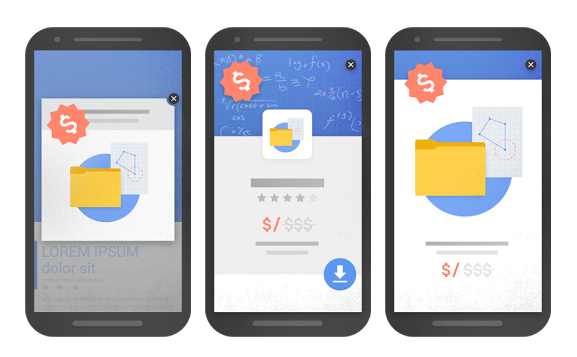
Source: Google
Since mobile users have less screen room to work with (and have to use their fingers, rather than a cursor, to close a window), these interstitials are considered to be frustrating and disruptive. When you’re focusing on UX design, that’s exactly what you don’t want.
Moreover, Google has said for years that these kinds of pop-ups can cause ranking issues. Back in 2017, the company announced that intrusive interstitial use can cause ranking devaluation in mobile search. And since we know mobile traffic is starting to dominate, you’ll want to remove these pop-ups to protect everything you’ve worked for.
That doesn’t mean you have to discontinue your use of website pop-ups. You’ll just need to make sure that they’re responsive, appropriately sized, and easy to close. That way, you can still enjoy the perks that pop-up ads provide without negatively impacting the user experience.
Fix Your Site to Fix Your Rankings
It’s clear that there are a number of common website design issues that can have an adverse effect on your site rankings. Fixing these issues can help you make the SEO progress you’re looking for.
That being said, good web design isn’t all you’ll need to rank on the first page of search results. You’ll also need to create high-quality content on a consistent basis, improve your domain authority, and ensure your web pages are optimized properly. But by fixing (or even avoiding) these aforementioned mistakes, you’ll set yourself up for SERP success.


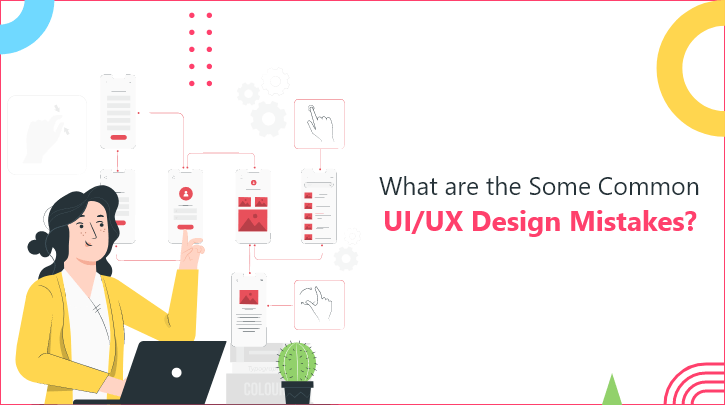

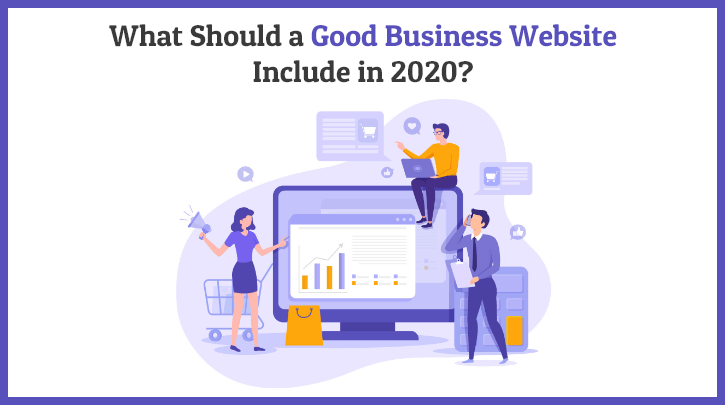


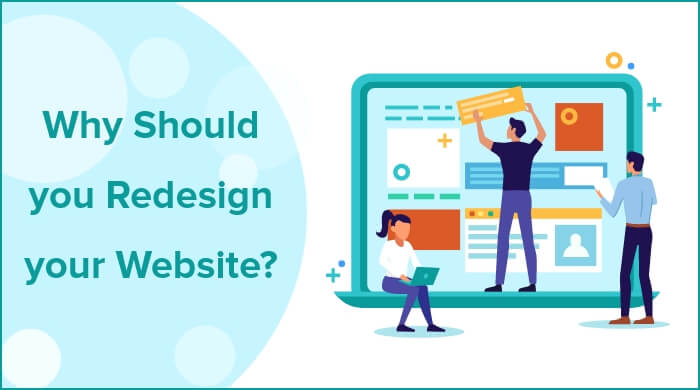
 Website Development
Website Development Mobile App Development
Mobile App Development Software Development
Software Development UX/UI Design
UX/UI Design Digital Marketing
Digital Marketing Quality Testing
Quality Testing Dedicated Development Team
Dedicated Development Team